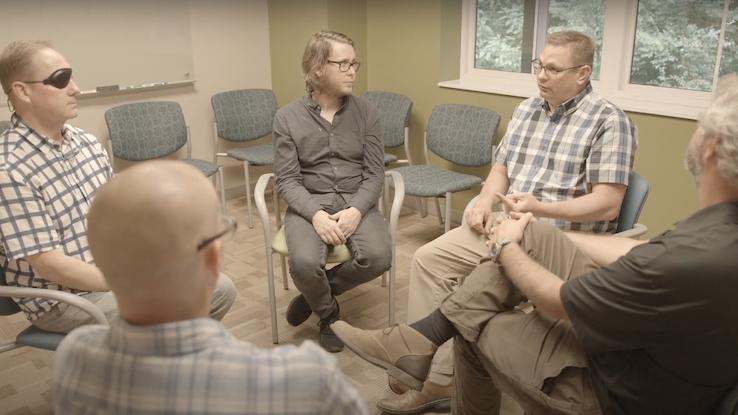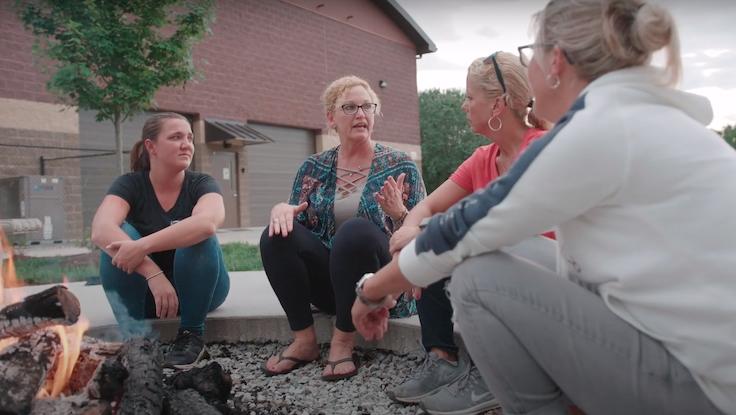What Are Inpatient Rehabilitation Centers?

If you live with a drug or alcohol addiction and you’re interested in recovery, you have several options. One of the most common is going to an inpatient rehabilitation center. Sometimes called residential treatment, inpatient rehab is often the highest level of service available. When you choose this option, you live at the rehabilitation center for the duration of your treatment. This allows you to go through monitored detox, receive mental and physical health care, attend structured therapy and receive staff guidance and support through your recovery without needing to divert your focus to other responsibilities you might have outside of the center.
Who Needs Inpatient Rehab?
Anyone who misuses drugs or alcohol can benefit from inpatient rehab, but there are some people who may benefit more than others. If your addiction is severe and you don’t feel like you can overcome it without removing the temptations or triggering situations of everyday life, you’re a great candidate for this type of treatment. Inpatient rehab is also ideal for people who are dealing with co-occurring mental health conditions alongside addiction, such as bipolar disorder, depression, post-traumatic stress disorder (PTSD) or an eating disorder. Many rehabilitation centers offer integrated treatment that helps people with co-occurring disorders receive treatment for their addiction and any mental health conditions at the same time.

The Benefits of Inpatient Rehab
If you’re interested in inpatient rehab, it’s reassuring to know there are many benefits to seeking this type of treatment. One of the most important is that you have 24/7 support from staff members, therapists and the medical team at the facility. And because you’re at the center 24 hours a day, you don’t have the same access to drugs and alcohol that you might in the outside world. You’re also separated from influences that may trigger you to use the substance to which you’re addicted, such as certain people and situations. Instead, you’re surrounded by people on the same journey as you — which may allow you to make new friendships with people seeking a sober lifestyle — and by supportive staff members who are trained to help you.

Going through detox can be dangerous, but when you choose inpatient rehab, you have supervision that can help you through the process and provide any necessary medical care. The rehab facility will also help you focus on making other aspects of your life healthier by providing nutritious meals, exercise options and a variety of therapies. You have everything you need at your fingertips to help beat your addiction and start a healthier life.
Common Challenges of Inpatient Rehab
Inpatient rehab is not without its challenges. While you’re there, you’re completely separated from your daily life, which means you don’t work or go to school, and you might not be able to see your family and friends, including your children if you have them, very often. Some patients also find it difficult to give up that much control over their lives. Their schedules and daily activities are decided by the staff members and therapists at the rehabilitation center. Finally, inpatient rehab can be costly. It almost always costs more than outpatient rehab, and you may find that your insurance doesn’t cover it or only covers part of it.

What’s Included in Inpatient Rehab?
There are many inpatient rehabilitation centers across the United States, and each one offers different types of therapy and treatment options. The substance you’re addicted to, your mental health status, the length of your addiction and any previous rehab experience you have may play a role in the facility that works best for you and that you’ll have access to. Inpatient rehab almost always starts with detox, but where you go from there depends on your individual circumstances. Your personalized treatment plan may include medical treatment, individual therapy, group therapy, mental health treatment, spiritual support, wellness activities, fitness and nutrition classes, educational activities, meditation and more.

What Happens After Inpatient Rehab?
Inpatient rehab typically lasts for about 30 days, though some patients attend treatment for 45-, 60- or 90-day stays. Some intensive programs last longer. However, treatment and recovery don’t end there; recovery is often a lifelong journey. Leaving the inpatient center and re-entering the real world without that 24/7 support can feel difficult. That’s why many patients opt for aftercare or outpatient programs or enter a sober living home instead. While you’re in rehab, your team will help you come up with a personalized plan that will help you stay on track even when you leave the facility.






